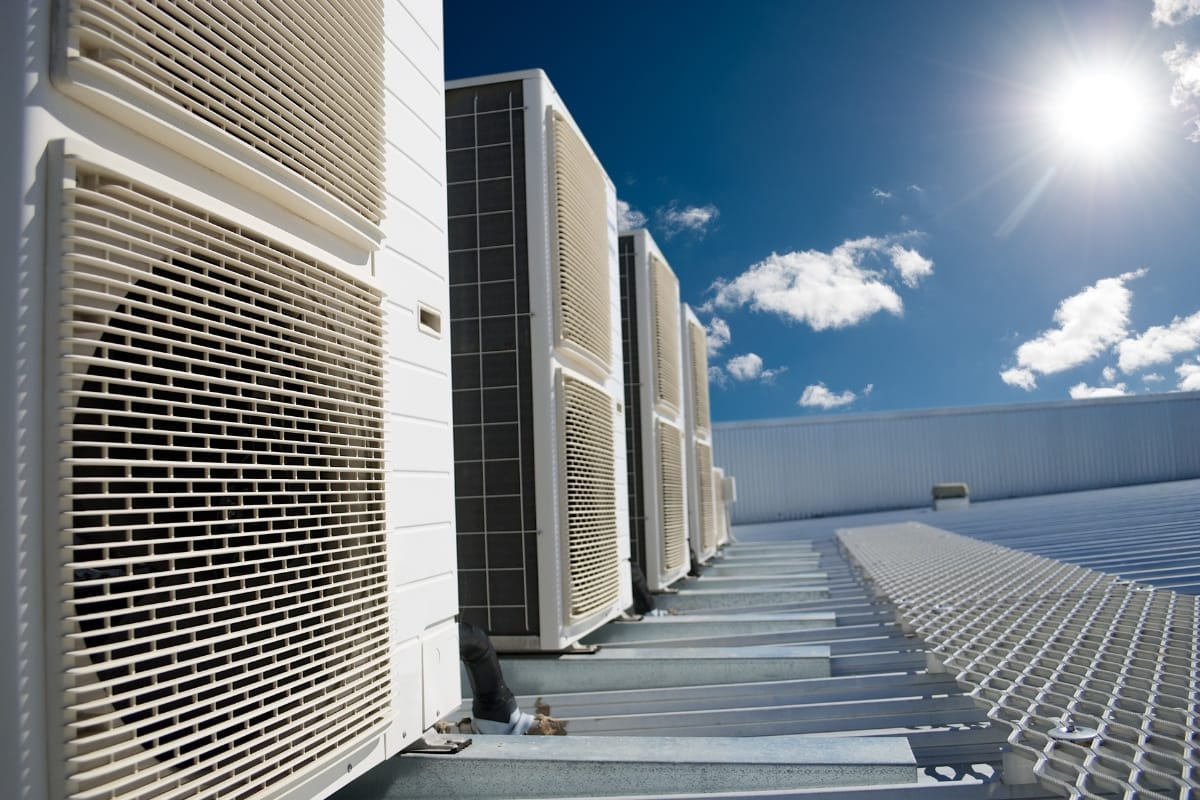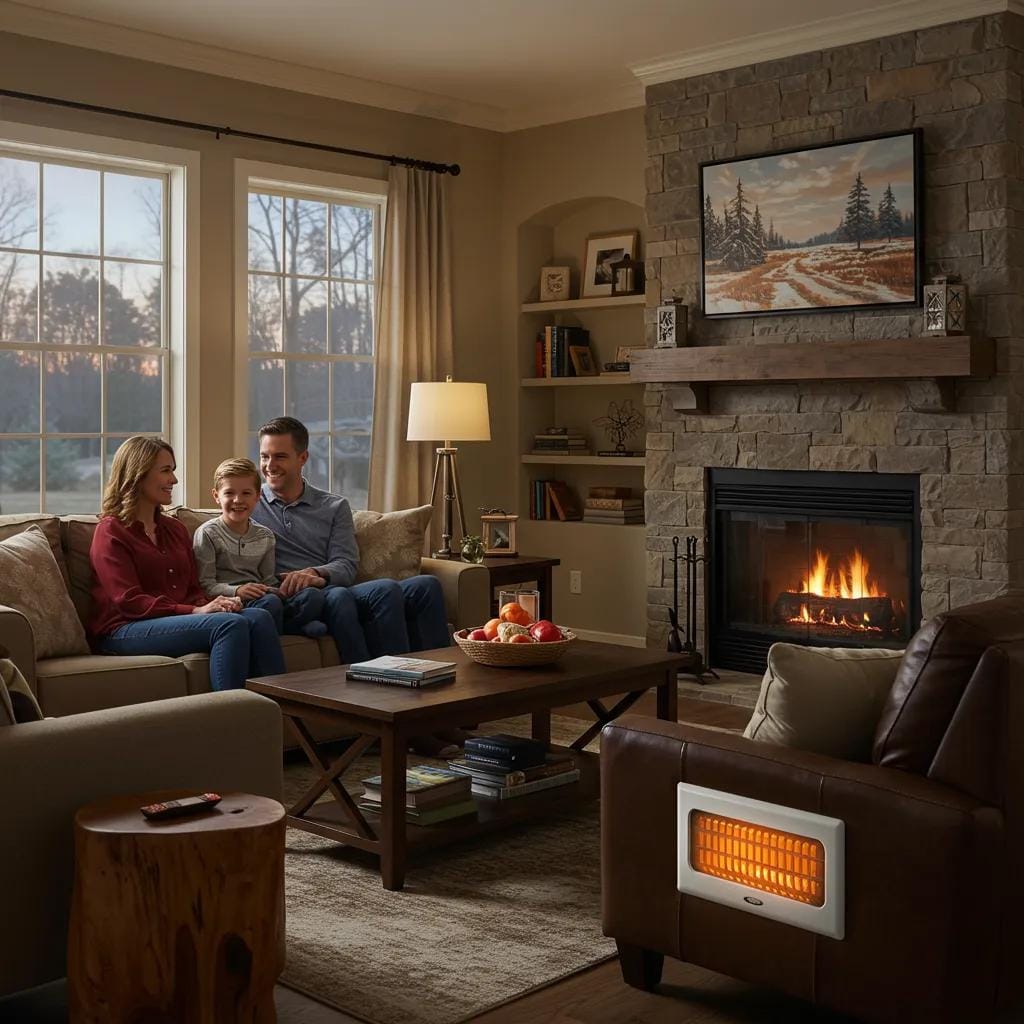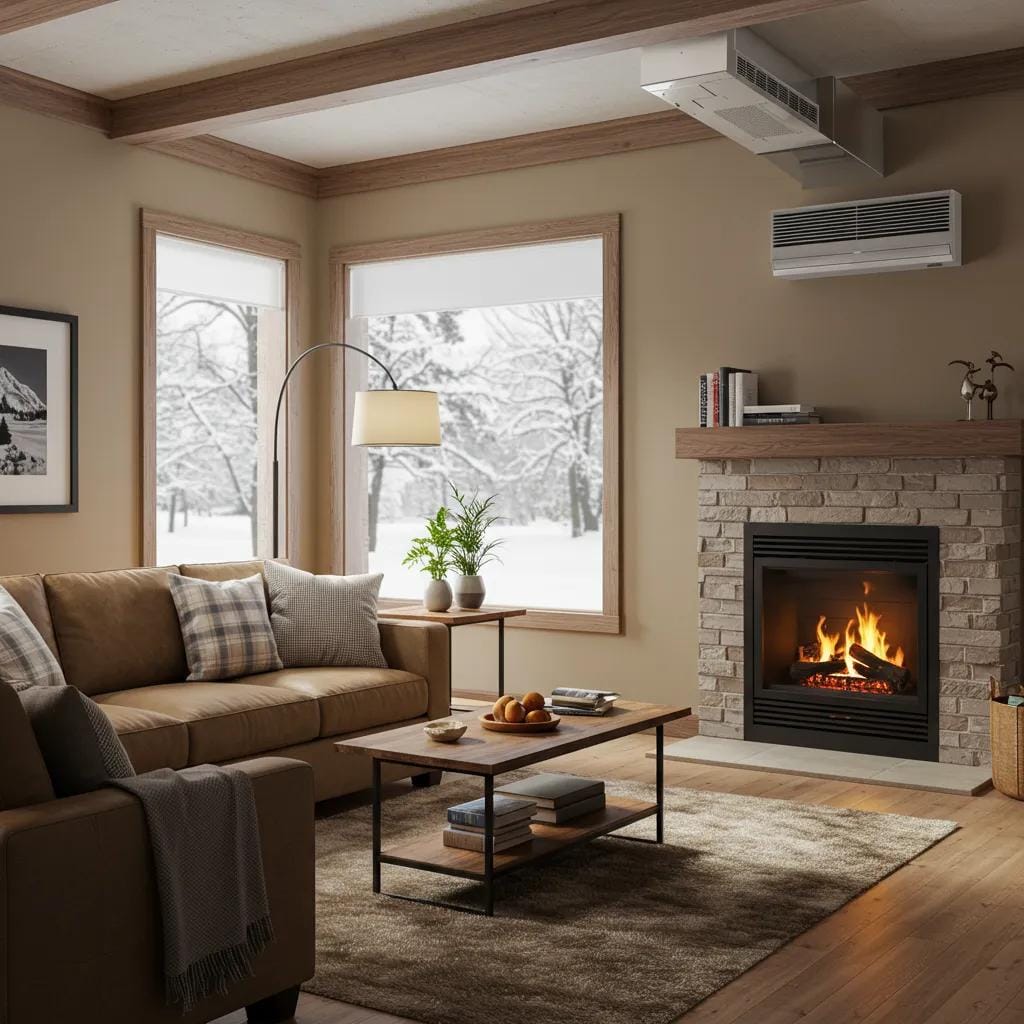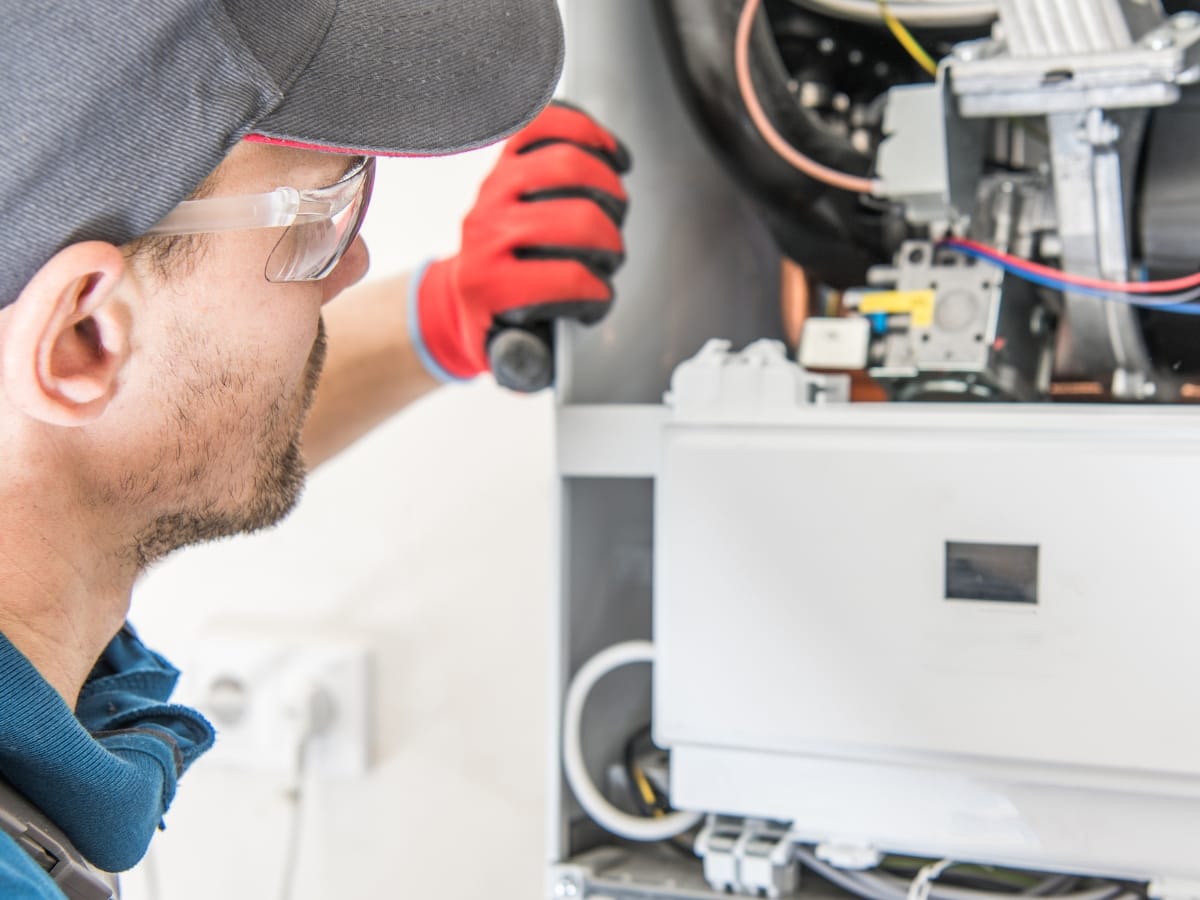As the demand for energy-efficient solutions grows, balancing HVAC performance with environmental conservation has become a critical focus for homeowners and businesses alike.
Sustainable climate control systems not only ensure comfort but also minimize environmental impact by reducing energy consumption and greenhouse gas emissions. From adopting renewable energy technologies to improving system efficiency, these innovative strategies are paving the way for greener HVAC solutions.
In this guide, we’ll explore the secrets to achieving sustainable climate control, offering insights into modern technologies, smart practices, and eco-friendly upgrades that harmonize comfort with conservation. Whether you’re upgrading an existing system or planning a new installation, discover how to create energy-efficient HVAC systems that benefits both your space and the planet.
Balancing HVAC and Environmental Conservation: A Greener Future
Understanding the Environmental Impact of Traditional HVAC Systems

Traditional HVAC systems have long been a cornerstone of modern comfort, offering reliable heating, ventilation, and air conditioning in residential and commercial spaces. However, their widespread use comes with significant environmental consequences.
The energy demands of traditional HVAC systems contribute heavily to greenhouse gas emissions, making them one of the largest contributors to a building’s carbon footprint. According to studies, HVAC systems can account for up to 40-50% of a building’s total energy consumption, highlighting their substantial role in global energy usage.
- Fossil Fuel Dependency: A major environmental drawback of conventional HVAC systems is their reliance on fossil fuels. The electricity that powers these systems is often generated from coal, natural gas, or oil—non-renewable resources that not only deplete finite reserves but also release harmful pollutants and carbon dioxide into the atmosphere. This dependency accelerates climate change and worsens air quality, posing risks to public health and the environment.
- Refrigerants and Ozone Depletion: Another concern is the use of traditional refrigerants like hydrofluorocarbons (HFCs). While these chemicals are necessary for cooling, they have a high global warming potential (GWP) and can contribute to ozone layer depletion if not handled properly. Leaks or improper disposal of refrigerants further exacerbate their environmental impact.
- Energy Inefficiency: Older HVAC systems, or those without modern energy-efficient upgrades, often lack the ability to optimize performance. This results in unnecessary energy waste and higher operational costs, further compounding their environmental impact.
- Sustainable Solutions on the Rise: To combat these issues, energy-efficient and eco-friendly HVAC alternatives are becoming more prevalent. Systems incorporating renewable energy sources, such as solar or geothermal power, drastically reduce reliance on fossil fuels. Additionally, advancements like smart thermostats, variable-speed compressors, and heat recovery systems enhance efficiency and minimize energy waste. Environmentally friendly refrigerants with lower GWPs are also being developed to mitigate the impact of cooling processes.
Energy-Efficient Alternatives: The Future of Sustainable Climate Control
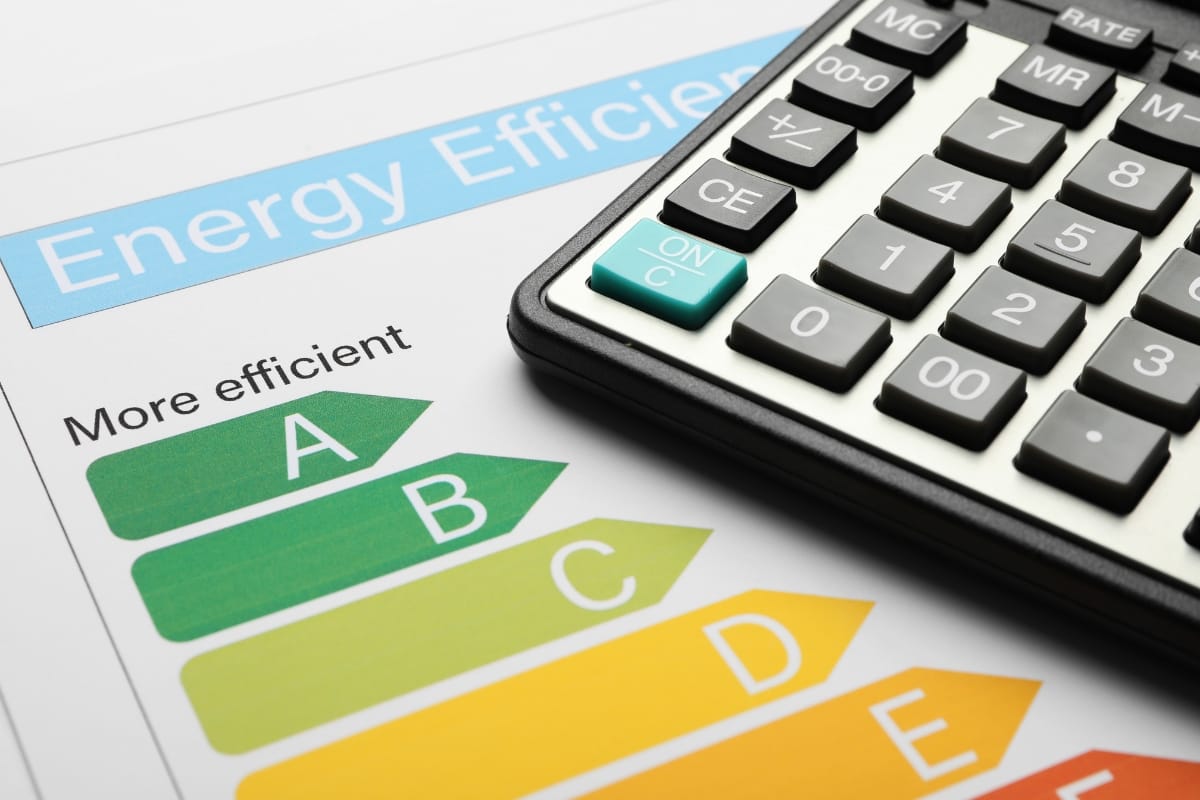
The key to achieving sustainable climate control lies in reducing energy consumption without compromising comfort. Energy-efficient alternatives to traditional HVAC systems offer precisely that, combining innovative technologies with eco-conscious solutions.
One such alternative is the use of high-efficiency heat pumps. Unlike traditional systems that generate heat, heat pumps transfer heat from one area to another, making them significantly more efficient.
During the winter, they draw heat from the outside air or ground to warm indoor spaces, and in the summer, they reverse the process to provide cooling. Modern advancements in heat pump technology have improved their performance even in colder climates, making them a viable solution for diverse geographic regions.
Another promising solution is the integration of geothermal heat pumps. These systems take advantage of the Earth’s consistent underground temperatures, using buried loops to transfer heat. Geothermal systems are not only incredibly efficient but also have a longer lifespan compared to conventional HVAC systems. They can reduce energy bills by up to 50% and require minimal maintenance, making them an attractive option for homeowners and businesses alike.
Harnessing Renewable Energy Sources for HVAC Systems

In addition to energy-efficient technologies, incorporating renewable energy sources into HVAC systems can further enhance their sustainability and reduce environmental impact. Renewable energy sources offer a clean and abundant way to power HVAC units while minimizing reliance on non-renewable resources like coal and natural gas.
- Solar Power Integration: Solar power has become one of the most accessible and widely used renewable energy options for buildings. By installing photovoltaic (PV) panels, buildings can harness the sun’s energy to power HVAC systems. Solar-powered HVAC units can operate independently or supplement traditional grid electricity, significantly lowering energy bills and greenhouse gas emissions. Solar thermal systems can also be used to heat water or provide radiant heating, further diversifying their applications. With advancements in battery storage technology, solar power can now provide consistent energy even during cloudy days or at night.
- Wind Energy Applications: Wind power is another renewable energy source that can effectively support HVAC systems. On a large scale, wind turbines generate electricity that can be fed into the grid to power residential and commercial HVAC units. Smaller, localized wind turbines can also be installed on-site to directly power HVAC systems. Wind energy is especially viable in regions with consistent and strong wind currents, providing an additional avenue for clean energy generation.
- Hybrid Systems: Combining renewable energy sources, such as wind and solar, with energy-efficient HVAC technologies can create hybrid systems that maximize sustainability. These systems not only reduce carbon footprints but also offer greater reliability and cost savings over time. For instance, a building equipped with both solar panels and a wind turbine can maintain a steady power supply regardless of weather conditions.
By embracing renewable energy sources, businesses and homeowners can create HVAC solutions that align with global sustainability goals, lower operational costs, and contribute to a cleaner environment.
Smart Building Design Strategies for Environmental Conservation

Building design plays a crucial role in achieving sustainable climate control. By implementing smart design strategies, buildings can optimize energy efficiency, reduce operational costs, and minimize their environmental impact. These strategies not only contribute to a greener future but also enhance occupant comfort and overall building performance.
- Harnessing Passive Solar Design: One of the most effective strategies is passive solar design, which leverages the building’s orientation, window placement, and architectural features to maximize the benefits of natural sunlight. For example, south-facing windows in the northern hemisphere allow for increased solar gain during the winter months, naturally warming interior spaces and reducing reliance on heating systems. Overhangs, awnings, or strategically placed trees can provide shade in the summer, mitigating overheating and lowering cooling demands. Using reflective or light-colored materials for roofs and exterior walls can further enhance temperature regulation by deflecting excess heat.
- Optimizing Insulation and Air Sealing: Proper insulation is essential for minimizing energy waste and maintaining consistent indoor temperatures. High-quality insulation materials, such as spray foam or cellulose, reduce heat transfer through walls, roofs, and floors. Similarly, air sealing techniques, including caulking and weatherstripping, prevent drafts and leaks, ensuring that conditioned air remains inside and unconditioned air stays out. Together, these measures reduce HVAC system workloads, prolong equipment lifespan, and lower utility bills.
- Incorporating Energy-Efficient Materials: Smart building designs also include energy-efficient materials, such as low-emissivity (low-E) windows that limit heat transfer while allowing natural light to penetrate. Cool roofing materials, which reflect more sunlight and absorb less heat, help maintain indoor comfort and reduce the urban heat island effect in densely populated areas.
- Green Roofs and Walls: Green roofs and vertical gardens are innovative features that contribute to insulation while also providing natural cooling through evapotranspiration. These features not only enhance energy efficiency but also improve air quality and create aesthetically pleasing environments.
- Integrating Smart Technologies: Modern smart technologies, such as automated shading systems and intelligent lighting controls, further enhance efficiency by adjusting settings based on occupancy and environmental conditions. Smart thermostats integrated with building management systems allow for precise climate control, optimizing energy use without compromising comfort.
By combining these smart building strategies, designers and architects can create sustainable spaces that conserve resources, reduce carbon footprints, and set a new standard for environmental stewardship.
Incorporating Natural Ventilation and Passive Cooling Techniques
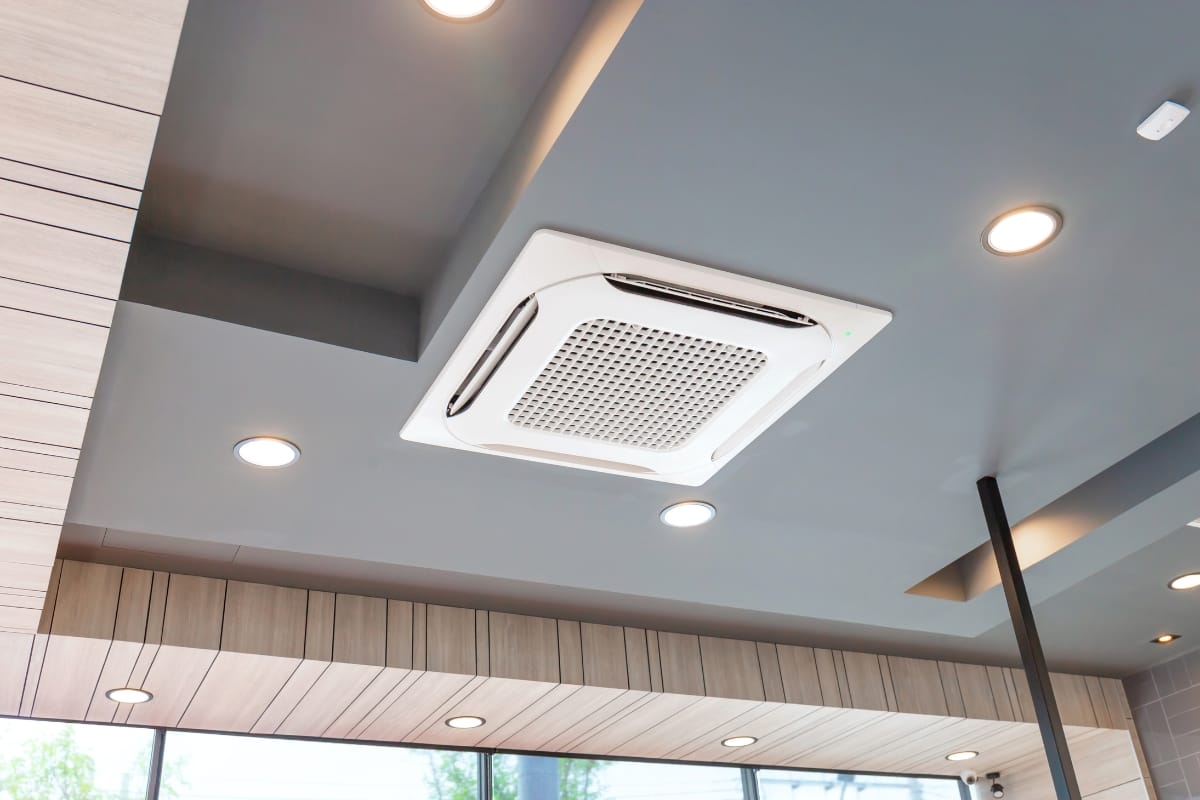
Natural ventilation techniques offer an eco-friendly alternative to mechanical cooling systems by utilizing the natural flow of air to regulate indoor temperatures. Strategically placed windows, vents, and louvers can optimize cross-ventilation, allowing fresh air to circulate through the building and expel hot, stale air. This approach not only reduces energy usage but also improves indoor air quality, creating a healthier environment for occupants.
Passive cooling techniques, such as shading and thermal mass, are equally vital for achieving sustainable climate control. External shading devices like awnings, pergolas, or overhangs can significantly reduce the amount of direct sunlight entering the building, minimizing heat gain during the hottest parts of the day. Additionally, planting trees or using green roofs can provide natural shading and further enhance cooling effects.
Thermal mass, which involves using materials like concrete, brick, or stone to absorb and store heat, helps stabilize indoor temperatures by releasing stored heat during cooler periods. This approach is particularly effective in regions with large temperature fluctuations between day and night.
Green Building Certifications and Standards for Eco-Friendly HVAC
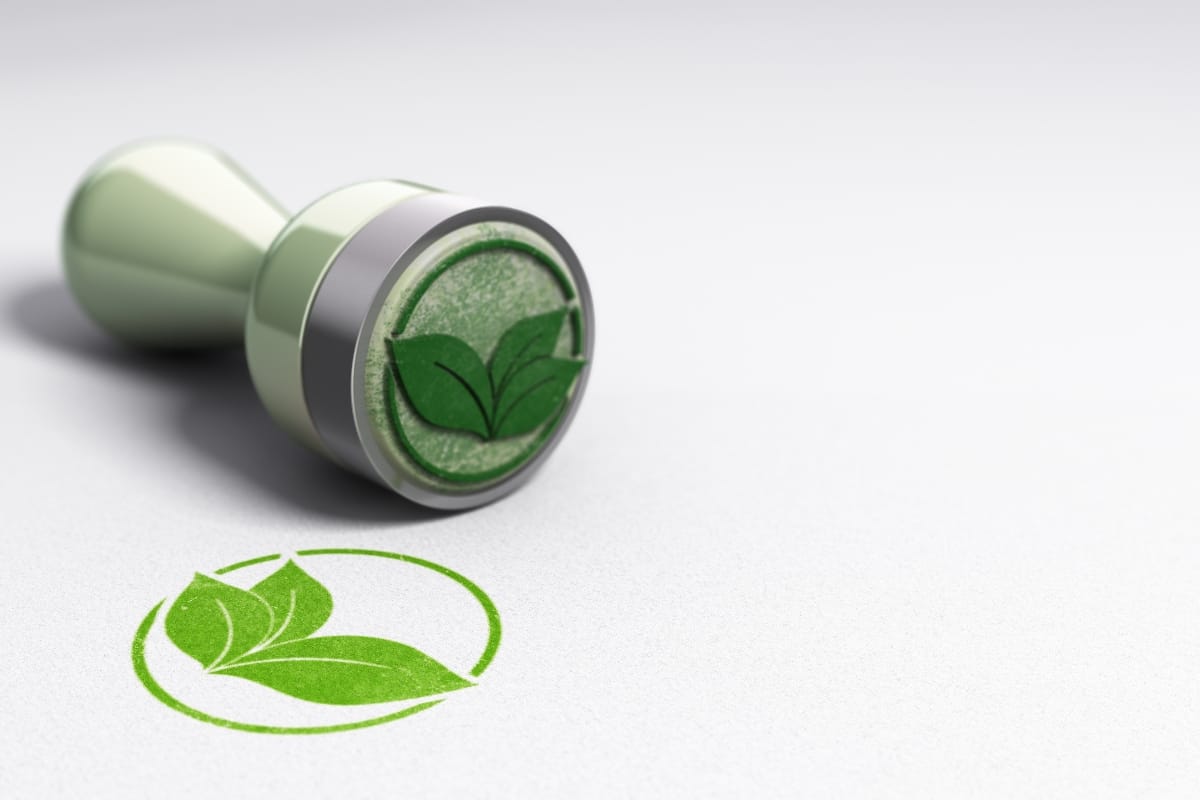
Various green building certifications and standards have been developed to encourage sustainable practices across the construction industry, with specific attention to HVAC systems. These certifications ensure that heating, ventilation, and air conditioning systems contribute to energy efficiency, occupant health, and environmental conservation.
One of the most widely recognized certifications is Leadership in Energy and Environmental Design (LEED). Administered by the U.S. Green Building Council, LEED sets comprehensive guidelines that promote energy efficiency, improved indoor air quality, and reduced environmental impact.
HVAC systems play a crucial role in meeting LEED standards, as they directly influence energy usage and air quality within a building. High-efficiency systems, energy recovery ventilators, and smart controls often contribute to achieving LEED certification.
Another key standard is the WELL Building Standard, developed by the International WELL Building Institute (IWBI). Unlike LEED, which focuses broadly on environmental performance, WELL prioritizes occupant health and well-being.
HVAC systems are evaluated based on their ability to maintain optimal temperature, humidity, and air quality while reducing pollutants and allergens. Compliance with WELL standards often includes the use of advanced air filtration systems and real-time monitoring tools to ensure a consistently healthy indoor environment.
Additionally, certifications like Green Globes and BREEAM (Building Research Establishment Environmental Assessment Method) emphasize the integration of sustainable HVAC solutions. These standards encourage innovative technologies like geothermal systems, solar-powered HVAC units, and efficient heat pumps.
Conclusion: Paving the Way for a Sustainable Future with Balanced HVAC Systems
HVAC systems have a significant role to play in mitigating climate change and reducing our carbon footprint. By adopting these secrets to sustainable climate control systems, we can ensure that our built environment contributes positively to environmental conservation while providing the comfort we desire.
Achieving the perfect balance between effective climate control and environmental responsibility starts with the right HVAC solutions. At CoolPro Heating & Cooling, we specialize in sustainable HVAC solutions that maximize efficiency while minimizing environmental impact. Schedule a service through our website contact form or call us at 770-694-6232 to explore eco-friendly options tailored to your home or business. Together, we can create a comfortable and energy-efficient future!

